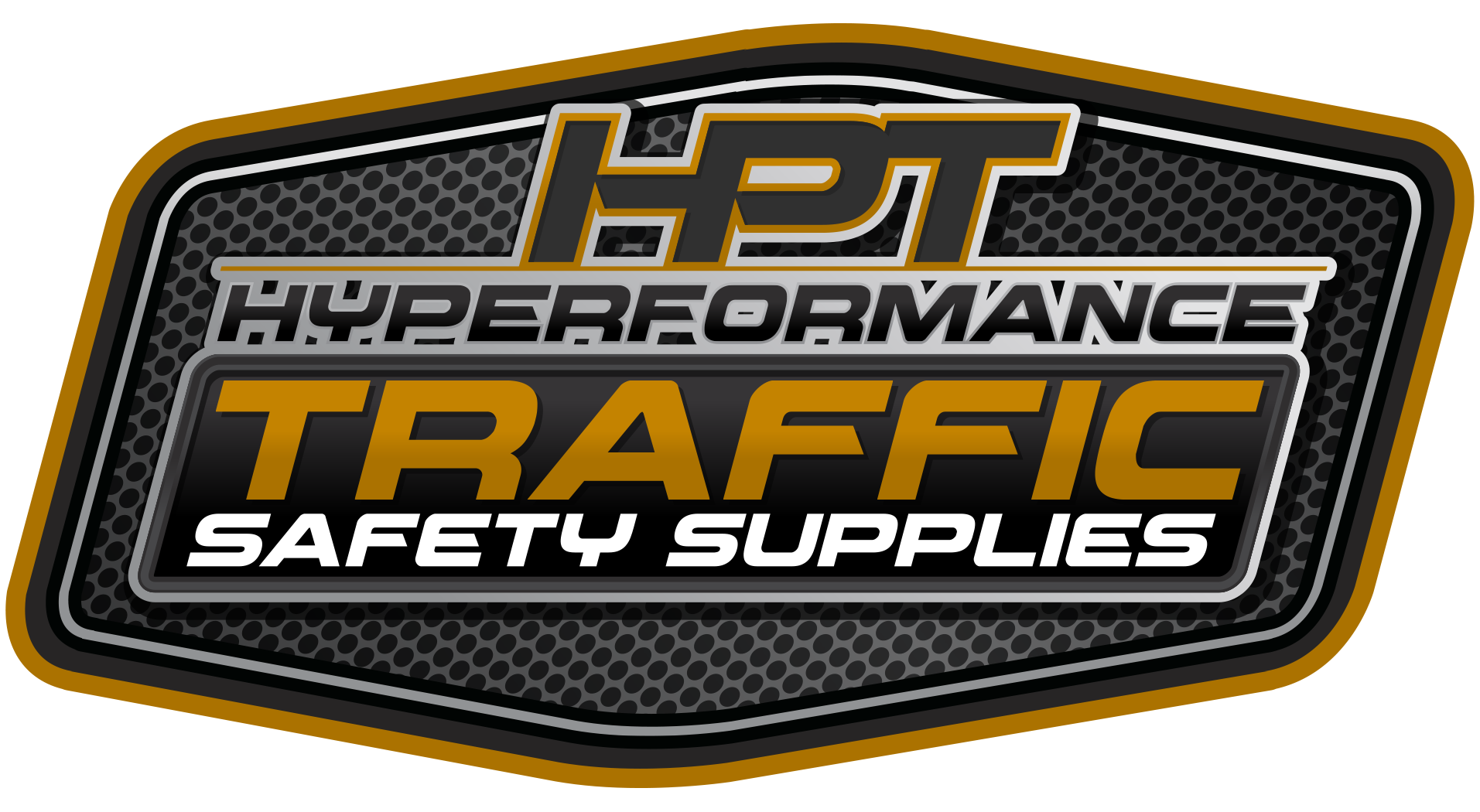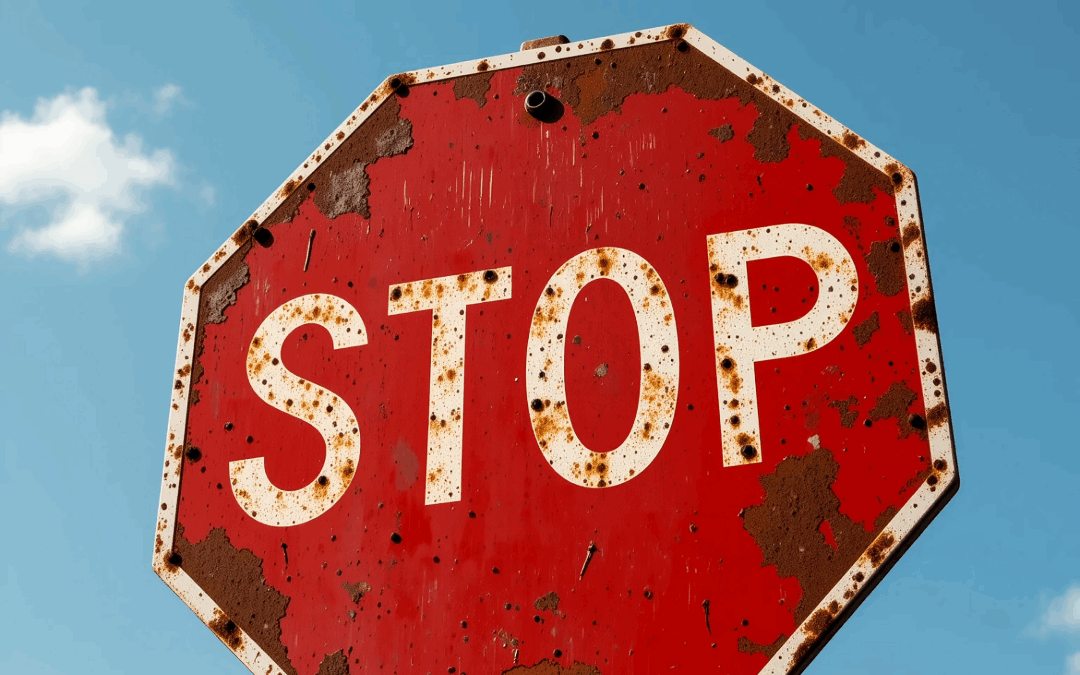Mount hardware plays a big role in keeping traffic safety and utility equipment running the way it should. Whether it’s securing signs, signals, cameras, or anything else that needs to stay put, these parts must hold strong through all kinds of conditions. When rust or corrosion sets in, that strength begins to fade, leading to failure, repairs, or replacing entire units far too soon.
That’s why it’s worth paying attention to the wear and tear that can creep up over time. Rust and corrosion don’t just make equipment look neglected. They slowly eat away at the function and safety of the gear they affect. If overlooked for too long, this can turn into serious headaches down the line. With a little know-how and some consistency, though, it’s possible to keep these problems in check before they get out of hand.
Understanding Rust And Corrosion
Rust and corrosion might seem like they show up out of nowhere, but they usually begin when water and air get cozy with metal surfaces. Rust happens when iron or steel reacts with oxygen in the presence of moisture. It starts as a small spot, then spreads slowly, weakening the surface and making it brittle over time. Corrosion is a broader term and can apply to many types of metal, even those meant to resist rust. It includes chemical or electrochemical reactions, often driven by salt, pollution, or acidic substances in the air or soil.
Mount hardware is often right in the mix of all of this. It’s out in the open, holding equipment up on poles, on fences, or high above roadways. That exposure makes it vulnerable, especially in places with salt-laden air or long periods of humidity. Even inland areas can be at risk, especially in places where irrigation, melting snow, or morning condensation creates regular moisture.
Some of the most common contributors to rust and corrosion on mount hardware include:
1. Rain and snow that soak into unprotected metal surfaces
2. Salt spray near coastal regions or from roads during winter
3. Polluted air with acidity that reacts with metal compounds
4. Moisture trapped under dirt, grime, or chipped paint
5. Shifts between hot and cold that cause condensation on metal
One real-world example: a roadside speed sign installed near a grassy median started to weaken less than a year after going up. The base hardware had been in constant contact with standing water due to poor drainage. Corrosion had eaten through key mounting bolts, causing the sign to lean and eventually require a full replacement. That one small oversight in placement and water exposure created a chain reaction that could’ve been avoided.
Understanding what causes these problems helps make it easier to stop them at the source. Keeping metal parts dry, clean, and protected is the first move to keeping rust and corrosion from gaining traction.
Preventive Measures That Make a Difference
The best way to avoid rust and corrosion is to start with a solid maintenance routine. That doesn’t always mean a full weekly inspection, but building in a simple, monthly check can help spot early issues before they lead to bigger ones. Start by wiping down exposed metal areas and checking for any changes in color, texture, or flaking. These early signs usually hint that water has started to do its work.
Apply a protective coating that works for the local conditions. Powder-coated finishes or galvanized materials usually hold up better on gear that’s out in the open. Rust-resistant sprays can also give exposed hardware an extra layer of protection, especially for high-touch or high-traffic areas. In some cases, sealing joints and fasteners with weather-resistant tape or rubber caps helps lock out moisture that tends to collect in tiny openings.
Another smart step is choosing the right material from the start. Stainless steel, zinc-plated fasteners, or aluminum components are naturally more resistant to corrosion and can hold up better under pressure. These upfront decisions may take some planning, but they often pay off down the road by reducing replacement and repair needs.
Here are a few protective measures worth adding to your checklist:
– Clean hardware with non-abrasive brushes that won’t scratch the surface
– Use rust-inhibitor treatments when repainting or recoating metal to stop rust before it starts
– Cover open bolt heads or exposed fittings with rubber guards or tape, especially in rainy seasons
– Use anti-seize lubricant on threads during installation to make future maintenance easier
– Replace any flaking or cracked coatings, since damaged finishes allow moisture to get in
By mixing regular attention with the right products and materials, rust and corrosion lose their grip, keeping hardware stronger for longer.
Installation Tips To Reduce Exposure
Even when you’ve picked the best materials and added protective coatings, how and where you install mount hardware still plays a big part in how long it lasts. Placement makes a difference. Set hardware in locations where water drains away, not where it collects. Avoid low spots that invite pooling or shaded areas that dry slowly. Hardware installed underneath trees or near irrigation systems often faces more moisture exposure than you might expect.
When mounting equipment, try to minimize direct contact between metal parts and rough surfaces like concrete or brick, since these can trap water and speed up corrosion. Use spacers or plastic washers to keep some separation and promote airflow. If the hardware supports heavy signage or equipment, ensure it drains well and dries out quickly after rain.
Some simple adjustments during installation can go a long way in minimizing the risk of rust:
– Install with a slight tilt or slope to help water run off
– Avoid trapping hardware under overlapping parts that can create tiny moisture pockets
– Choose fasteners and bolts that match the base metal to prevent galvanic corrosion
– Seal cable holes or electrical openings to prevent water from working its way inside
In one case, a utility pole-mounted sensor in a valley floor kept corroding at the base mount. After moving the sensor just five feet higher and adding drainage gravel beneath the post, the problem cleared up. Sometimes small changes in placement or technique make all the difference in stopping corrosion from the start.
Seasonal Maintenance For Summer
Unlike winter, which brings snow and salt, summer has its own set of challenges. Heat-driven expansion, sudden storms, and long spells of humidity can all speed up the corrosion process. That’s why each new season should include a maintenance review matched to the weather reality.
During summer, temperature shifts between day and night make condensation a real problem, especially on metal posts and joints. Even dry-looking hardware can build up moisture inside if it sits in the morning dew or faces high humidity for weeks at a time. Take advantage of warm days to check each connection point for hidden wear.
Here’s a short summer-focused maintenance checklist to work from:
– Wipe down metal hardware early in the morning when dew is present
– Reapply protective sprays after any big rainstorms
– Inspect painted areas for fading or bubbling, since UV rays can weaken protective layers
– Look for hairline cracks around joints that may have expanded with heat
Seasons change, and so should the way hardware is maintained. It only takes a few minutes to catch early changes that can lead to bigger problems if ignored.
Staying Ahead of Rust with Simple Habits
Proper protection starts with knowing where problems usually begin. Rust and corrosion don’t have to be part of the process. With smart planning, regular upkeep, and smart material choices, each piece of mount hardware can stay reliable even in tough conditions.
It comes down to a mix of habits and thoughtful decisions. Clean gear holds up longer. Hardware in the right spot stays stronger. Small fixes done on time hold off big breakdowns. Keeping those simple ideas in mind helps make the difference between lasting performance and early failure. Whether you’re dealing with one bracket or a dozen signposts, stay consistent, stay sharp, and stay ahead of the damage.
Ready to put these insights into action? Discover how durable and dependable installations start with the right mount hardware. At Hyperformance Traffic Safety Supplies, we’re here to help you build stronger setups that last. Let’s make sure your equipment stays secure no matter the weather.

